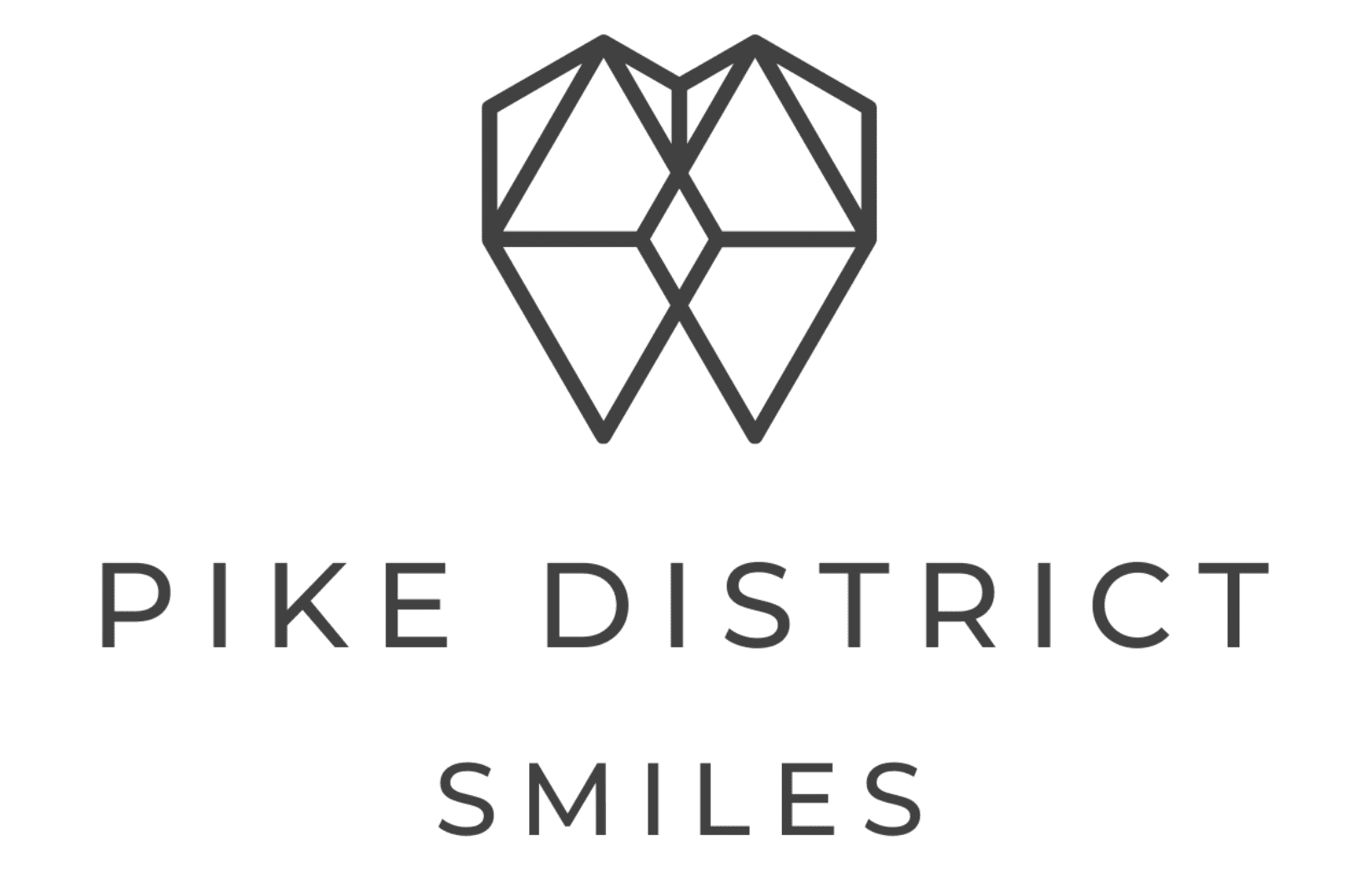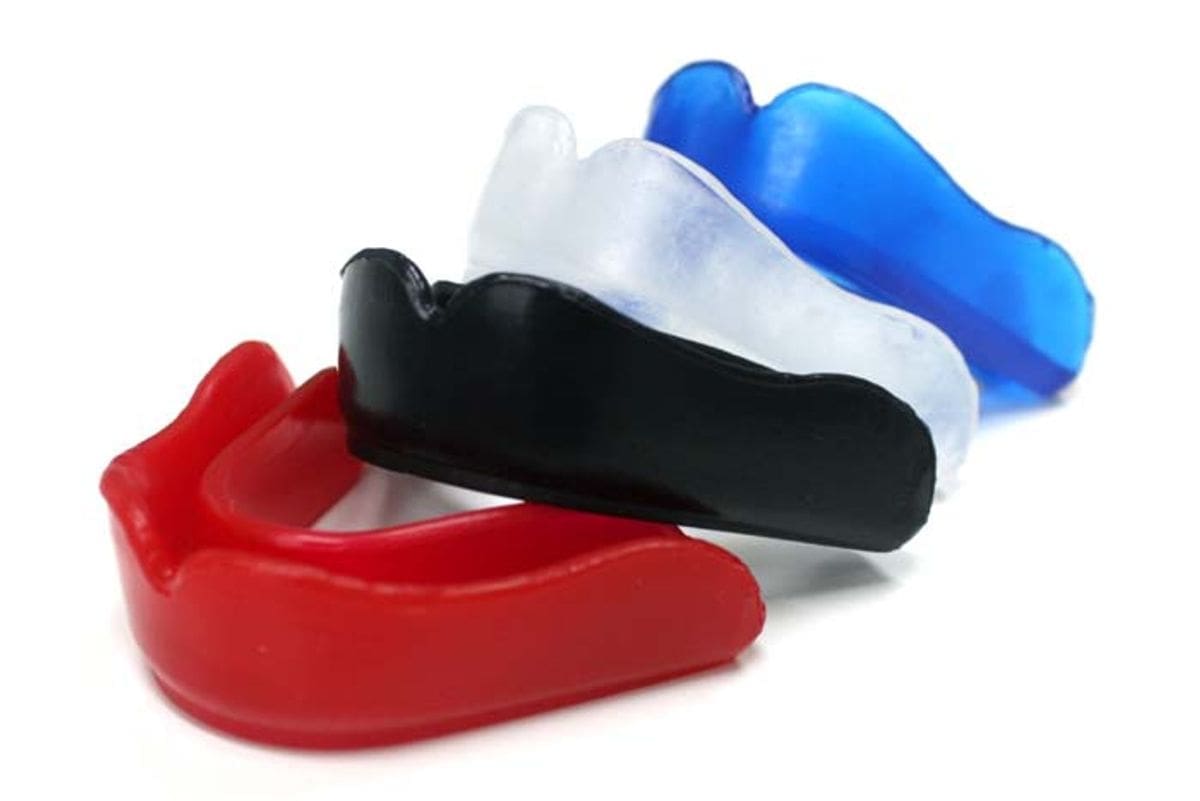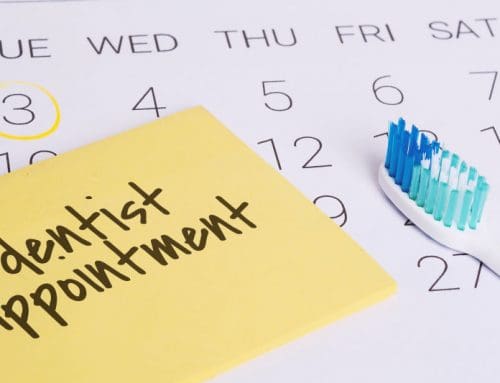Mouth guards are a critical component of safety equipment in contact sports, offering protection against dental injuries, which can be severe and expensive to address. With the American Dental Association highlighting a 60-fold increase in dental injuries for athletes without mouth guards, their significance cannot be overstated. Despite improvements in usage rates over the years, resistance to mouth guards persists, often due to discomfort or misconceptions about their necessity. This article delves into the risks associated with contact sports, the evolution of mouth guard adoption, and the ongoing challenges in ensuring athlete compliance.
Key Takeaways
- Athletes not wearing mouth guards are significantly more likely to suffer dental injuries, emphasizing the need for widespread adoption in contact sports.
- Advancements in mouth guard technology and a better understanding of dental trauma have contributed to increased usage, but resistance due to comfort and misconceptions remains an issue.
- Custom-fit mouth guards offer better comfort and protection compared to store-bought options, potentially increasing compliance among players.
Understanding the Risks: Dental Injuries in Contact Sports

Prevalence of Dental Trauma in Sports
The risk of dental trauma in contact sports is a significant concern for athletes at all levels. Studies indicate that the prevalence of dentofacial injuries is alarmingly high, with a notable distinction between non-elite and elite players. For instance, research highlights that one in ten amateur players and half of elite hockey players have reported at least one dentofacial injury during their careers.
The implications of these statistics are clear:
- Dental injuries are not uncommon in the realm of sports.
- The severity of these injuries can vary, but they often result in serious consequences.
- Protective measures, such as mouth guards, are crucial in mitigating these risks.
Despite the clear benefits of mouth guard use, many athletes still participate in contact sports without adequate protection. This oversight can lead to severe dental injuries that are not only painful but can also be costly to treat. It is essential for athletes, coaches, and sports organizations to prioritize the use of mouth guards to safeguard the smiles and well-being of players.
Consequences of Neglecting Mouth Guard Use
When you engage in contact sports without the protection of a mouth guard, you expose yourself to significant risks. Dental injuries are not just painful; they can be costly and require extensive treatment. The consequences of neglecting mouth guard use are manifold and can have lasting effects on your oral health.
- Traumatic dental injuries can lead to cracked or broken teeth, and in severe cases, tooth loss.
- Without a mouth guard, the likelihood of soft tissue injuries in the mouth increases, which can result in lacerations and bruising.
- Long-term dental issues may arise from repeated impacts, including tooth displacement and jaw problems.
It is crucial to understand that the discomfort of wearing a mouth guard pales in comparison to the potential trauma from sports-related dental injuries. The adoption of mouth guards is a simple yet effective measure to safeguard your smile and overall dental health.
Comparative Analysis of Injury Rates with and without Mouth Guards
The protective value of mouth guards in contact sports is underscored by a wealth of studies. Research indicates that players not wearing mouth guards are at a significantly higher risk of sustaining dental injuries. The difference in injury rates is stark, with nearly half of elite field hockey players experiencing mouth-related trauma when not adequately protected.
- A review encompassing 11 studies highlighted the prevalence of injuries to teeth, jaws, lips, or cheeks among players.
- Despite the high adoption rate of 85% today, discomfort and the perceived lack of necessity remain barriers.
It is crucial to understand that while the correlation between mouth guard use and reduced injury rates is evident, direct causation has not been explicitly measured. Nevertheless, the trend towards increased mouth guard usage is a positive step towards enhancing player safety in contact sports.
Advancements and Attitudes: The Evolution of Mouth Guard Adoption

Historical Trends in Mouth Guard Usage
As you delve into the history of mouth guard use in contact sports, you will find a significant shift in adoption rates over the years. Mouth guard use has seen a substantial increase, with current usage at 85%, a stark contrast to the 31% reported two decades ago. This change reflects a growing awareness of the importance of dental protection during athletic activities.
Despite the upward trend, resistance persists, primarily due to discomfort and the perception that mouth guards are unnecessary. Athletes who have suffered dental injuries are more likely to recognize the value of mouth guards, with those having experienced trauma being twice as likely to wear them.
The evolution of mouth guard adoption is also influenced by the sport itself. For example, field hockey’s rising popularity, especially among North American women in high school and college, has brought increased attention to the need for dental protection. This attention is crucial in sports where the risk of lower facial injuries is significant.
To understand the attitudes towards mouth guards, consider the following points:
- Athletes’ personal experience with dental injuries
- The perceived comfort and necessity of mouth guards
- The influence of sport popularity and associated risks
The journey towards universal mouth guard adoption is ongoing, with education and innovation at its core.
The Psychology Behind Resistance to Mouth Guards
Despite the clear benefits of mouth guard use in contact sports, there is a notable resistance among players. This reluctance can often be attributed to misconceptions about their necessity and concerns over comfort. A significant number of athletes still view mouth guards as optional rather than essential protective gear. The common complaints include discomfort, difficulty in breathing or communicating, and a perceived lack of coolness or toughness when wearing them.
Several psychological factors play into this resistance:
- The invincibility mindset, particularly prevalent in younger athletes, leads to the belief that injuries ‘won’t happen to me.’
- Peer pressure and the desire to conform to the group’s norms can discourage the use of mouth guards.
- A lack of awareness or misinformation about the severity of dental injuries and the protective benefits of mouth guards.
It is crucial to address these psychological barriers through education and by promoting a culture of safety in sports. Encouraging the use of mouth guards by professional athletes can serve as a powerful endorsement, influencing younger players to follow suit. Moreover, advancements in mouth guard technology that improve comfort and fit may help alleviate some of the physical discomforts associated with their use.
Custom-Fit vs. Store-Bought: Addressing Comfort and Compliance
When considering mouth guards for contact sports, you are faced with the choice between custom-fit and store-bought options. Custom-fit mouth guards offer a tailored solution, designed to conform precisely to your oral anatomy. This personalized approach not only ensures maximum protection but also enhances comfort, potentially increasing your willingness to wear the guard consistently.
Store-bought mouth guards, while more readily accessible and often less expensive, may not provide the same level of comfort or protection. They are typically available in limited sizes and require you to mold them to your teeth, which can result in a less accurate fit. Here are some points to consider when choosing between the two:
- Custom-fit guards are made using detailed impressions of your teeth, leading to a more accurate and comfortable fit.
- The in-office manufacturing process for custom guards reduces waiting times and allows for immediate adjustments if necessary.
- Store-bought guards can be a practical short-term solution but may not be suitable for long-term use due to potential discomfort and lower protection levels.
Ultimately, the decision should be based on a balance between the level of protection required, the comfort you seek, and the compliance you are willing to commit to. Consulting with a dental professional can provide you with the guidance needed to make an informed choice that best suits your needs in contact sports.
Conclusion
The importance of mouth guards in contact sports is crucial, as they significantly reduce the risk of dental and facial injuries. The American Dental Association highlights that athletes are 60 times more likely to sustain dental injuries without a mouth guard. Overcoming the discomfort and resistance some players have can be achieved through education and custom-fitted mouth guards that improve comfort. With sports like field hockey growing, implementing mandatory mouth guard policies could be essential for protecting athletes at all levels, ensuring a focus on the game rather than injury risks.






